I’ve been traveling along the coast of South Carolina this week, and on Thursday, I found myself in the historic town of Conway, South Carolina. I parked downtown and strolled into the past via Papa’s General Store, a small local store with a lot of merchandise––and a lot of charm.
While browsing a display of antiques, I happened to notice a vintage radio perched on a high shelf. Here’s what caught my eye:
I asked, was the radio was for sale? And, indeed, it was. One of the sales clerks pulled it from the shelf, dusted off the top, and read the price: $74. I noted that it was a West German Telefunken receiver. I asked the clerk, Chris, if it worked, and he confirmed that it did; it belonged to his uncle, who had clearly taken very good care of it.
Chris allowed me to plug it in, turn it on, and tune in a couple of local stations…The Telefunken produced beautiful audio without even the slightest hint of a hum. Chris was pleased that I appreciated the radio, and sincerely wanted me to take it home, so he lowered the price a bit further. I agreed, and purchased it without hesitation. Just couldn’t help it…
The Telefunken Superheterodyn Caprice 5451W covers the AM/mediumwave band and FM. It’s a tube radio produced in the early 1960s in West Germany, and is now the only tube-based radio I own that covers the FM band.
Of course, I was very eager to get the Telefunken on the air, so that afternoon I headed to our balcony overlooking the Atlantic, tuned around a bit on the mediumwave band…and was simply amazed at all it could receive. I picked up my smart phone, and with it made a very short recording of the Cuban station, Radio Reloj, on 820 kHz:
My smart phone’s microphone doesn’t begin to do the Telefunken’s rich audio justice, but you can clearly hear Radio Reloj’s ticks and “RR” in Morse Code at the top of the minute (indeed, if you’re listening with headphones, you may also hear crashing waves in the background). Something nearby generated a lot of RFI right on frequency, too , but the rest of the broadcast band had a surprisingly low noise floor.
I also spent some time with the Telefunken on the FM broadcast band; with a simple wire antenna, this worked wonders.
In my humble op, the audio the Telefunken produces is simply beautiful. And so, I’ve got to add, is this vintage radio. See for yourself.

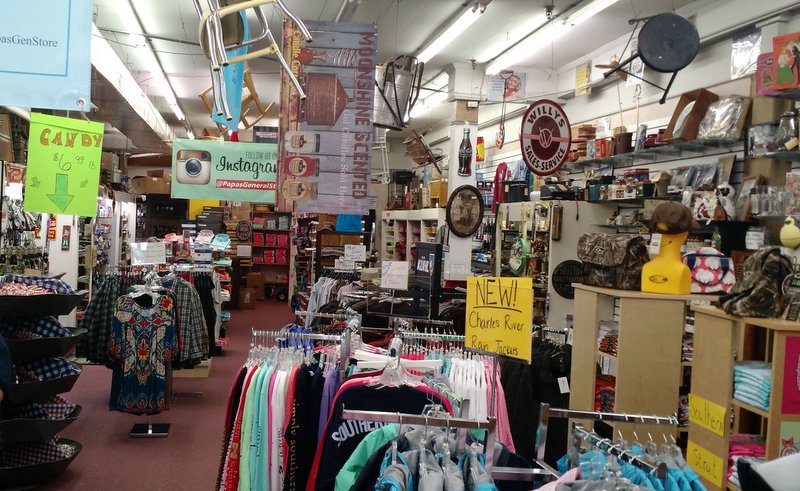
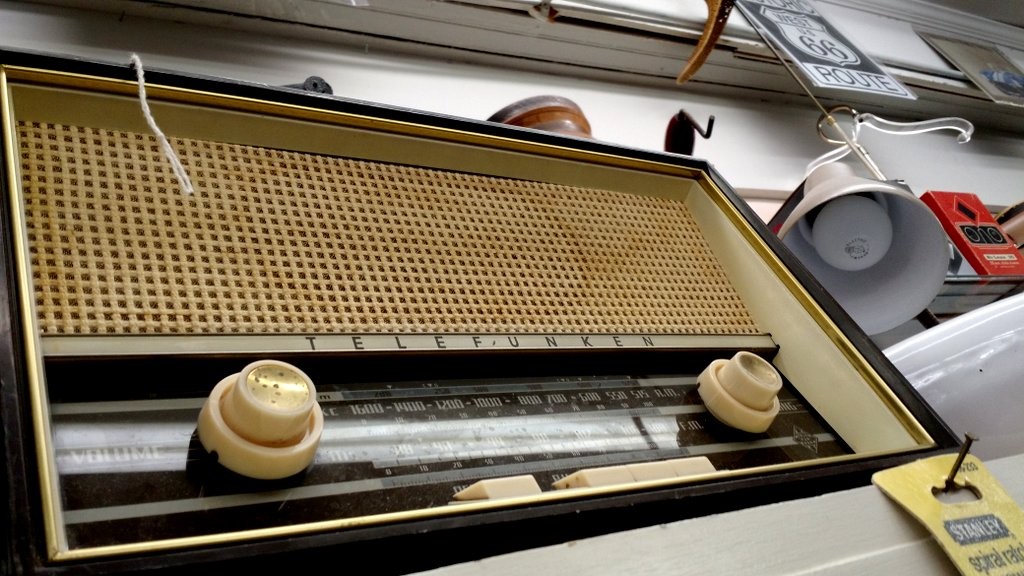
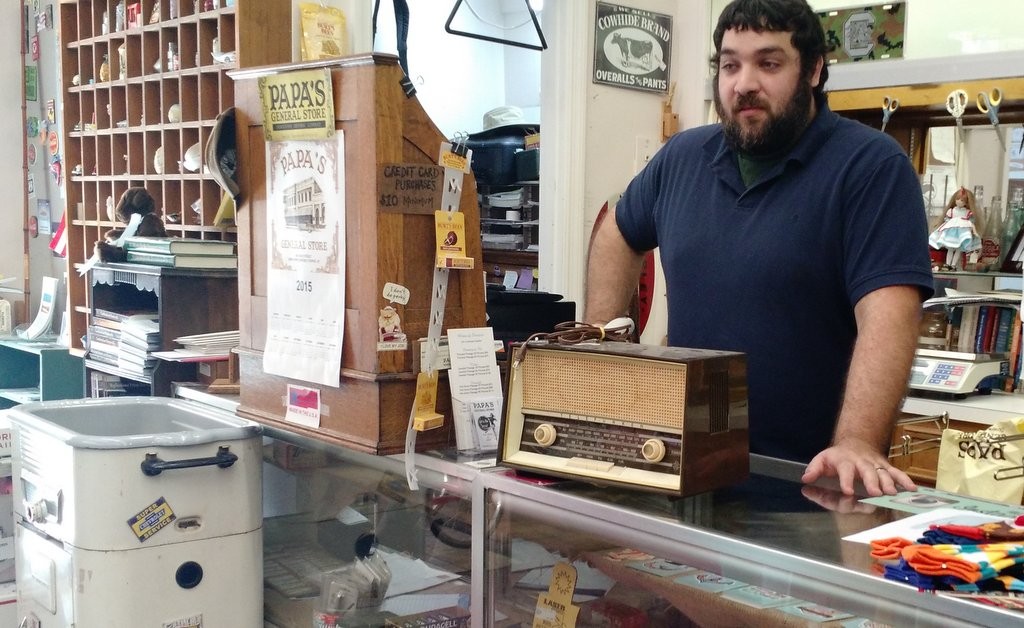
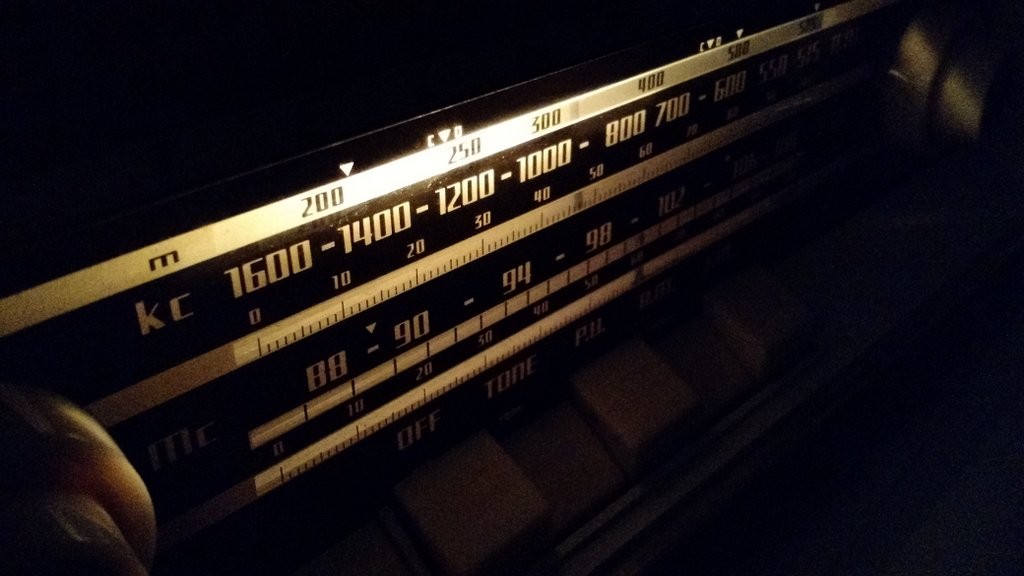
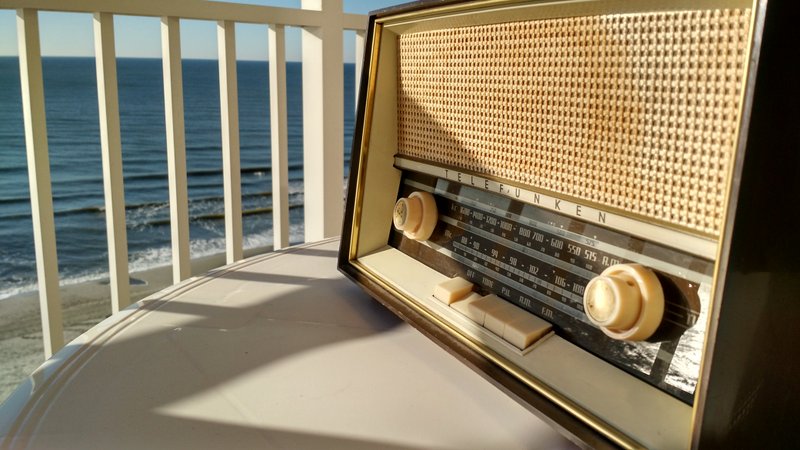
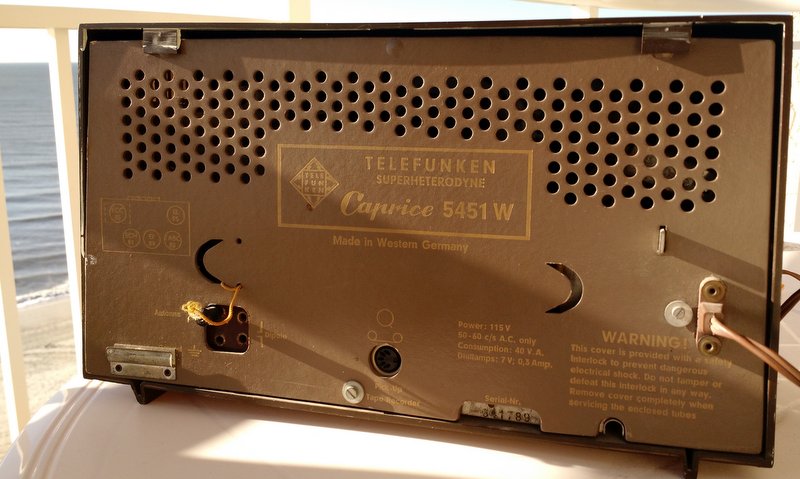
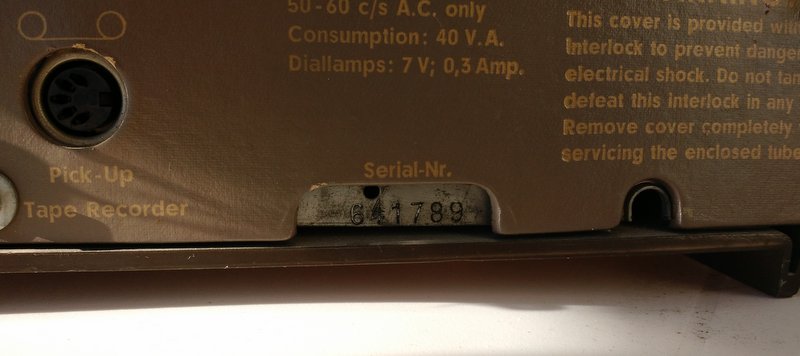
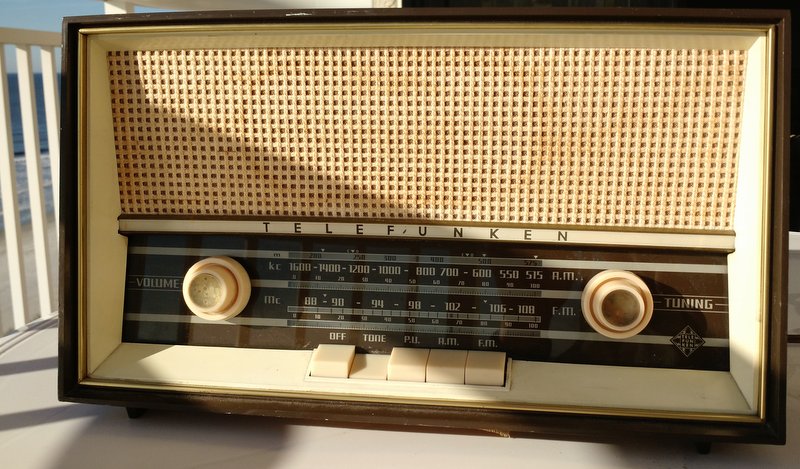

Looks like a decent set, More like a collectible than a daily listener. What is the tube complement? is it a “hot chassis” with series tube filaments or does it have a transformer isolation with 6 of 12v tubes?
Hi, Edward,
I haven’t checked a schematic to see if it has a hot chassis. It has five tubes–compliment is:
ECC85
ECH81
EF89
EABC80
EL95
-Thomas
These are tubes with 6,3 V filaments:
ECC85 – dual triode for the FM front end. It could be an preamp and a self-resonating mixer
ECH81 – VFO and mixer heptode for AM
EF89 – IF amplifier pentode
EABC80 – diodes for AM demodulator and FM ratio detector, AF preamp triode
EL95 – loudspeaker amplifier pentode
Thank you, DL4NO!
These are all 6.3V filament tubes.
Generally, German radios use power transformers and 6.3V tubes. I would inspect the inside, but as far as I know, the chassis is always cold.
Best Regards,
Moshe.
Be careful not to run this old tube radios unattended. This radio is more than 50 years old and the electronic parts are not designed for that age. Aging of these parts may cause defects and even cause destroying of difficult to replace parts in the radio.
Try to find a collector of these radios in your vicinity and ask him/her to look and perhaps replace vulnerable parts
Fortunately, I have a great mentor nearby who is teaching me how to care for and restore these vintage beauties! Thanks for the comment.
Nice find Thomas, a nice looking radio and a piece of history. Perhaps just my imagination but Shortwave listening is even more magical when heard through a vintage radio. Enjoy.
I agree, Mario. Pretty much any radio listening, in my opinion, sounds better with a proper tube receiver! Especially now that winter is upon us, I love firing up these old radios–they keep my radio room warm!
It seems that Tecsun has a new large portable in line.
Someone posted a photo of a new Tecsun product catalogue which shows a new model S8800. Apparently it uses the housing of BCL3000 and is multiple conversion (so a PL880 inside?), DSP based with separate LSB/USB and 10Hz minimum tuning step, and comes with a remote control (for direct frequency input?). Two 18650 batteries are used.
http://bbs.tecsun.com.cn/up_fls1/2015111417462368900.jpg
http://bbs.tecsun.com.cn/up_fls1/201511142383422537.jpg
Link to the post in Tecsun’s web forum:
http://bbs.tecsun.com.cn/0002.asp?open=730351
Thanks, OWL! To give this more visibility, I just turned your comment into a post.
Wow Thomas, congratulations!
That is an amazing radio! enjoy it!
I have to say that I am addicted to tube radios: turn it on at night, when al the lights are off, and your hooked!
At first you get to admire the beauty of the glass dial plate, if the radio has tuning eye, it will hypnotize you (it works for me).
One thing I have to say about my Ben-Gal Duet Stereo: inside the cabinet, there is some kind of “aluminum foil” glued to the top (original) that serves as internal antenna for shortwave.
Using only this antenna is more than enough for the radio to pull in weak stations, and make the 49 and 41 meter bands very crowded at night. the ferrite bar on Longwave gets 7 stations or more (the Tecsun S2000 and the Sangean ATS909 barely gets two stations).
Enjoy this beauty!
Best Regards,
Moshe.
Wow–I had no idea there was a foil antenna inside the cabinet. I imagine you can hear many of the powerhouse stations throughout your part of the world without needing to connect an external wire. That Ben-Gal is a beauty and, indeed, it came to mind as I pondered purchasing the Telefunken. It has that classic early 60’s chassis!
Cheers,
Thomas
Hi Thomas!
Looking carefully at the picture that shows the back cover of the Telefunken, it looks like the Telefunken also has a foil antenna glued to it’s top, maybe it is split into two sections as in many German radios, so it is a Dipole antenna for FM.
On my Ben-Gal, the foil is one in piece in U shape (only upside down), connected on one side.
It brings not only powerhouse stations, but many weak ones (it has EF85 Pentode as RF amp).
What tubes the Telefunken use?
Greetings,
Moshe.
I notice AM goes down to 515 khz. You might hear navtex signals. Of course not with any way to resolve the transmissions since there’s no sideband facility.
Of course I knew Telefunken radios but had no idea that they were exported so far.
Telefunken was founded in 1903 to produce wireless telecommunication equipment. The name was lost in 1967 when Telefunken was fusioned with AEG. Even AEG is now a thing of the past. In Hannover, Germany, a former office building still carries the Telefunken logo.
It is no wonder that German radios could receive FM quite early: After WW II Germany got quite few and quite bad AM channels. To evade this situation the first FM transmitter got online in Munich in 1949. In 1952 there were more than 100 FM transmitters in Western Germany.
If you do not know the round “DIN” pickup socket: The middle pin is ground. On a mono set the outermost pins are in and out. Please don’t ask me which one.
That’s fascinating! Thanks for sharing this. Like you, I was unaware that Telefunken models were exported for the North American market.
I did note that it has a phono in plug–would be fun to connect it to a turntable.
The tunable either needs a crystal pickup or a preamp.
In the 1960s the first consumer audio tape recoders came to the market. So the DIN socket could also provide an audio output.
At http://www.radiomuseum.org/r/telefunken_caprice_5451w.html you can get a circuit diagram. As far as I could see at the thumbnails the two pins on each side are connected to each other as this is a mono radio. But both sides are connected separately to the circuitry.
Wow–thanks again! Excellent reference info!
Lovely sentiment! And to think we used to throw these on the bonfire on 5th November!